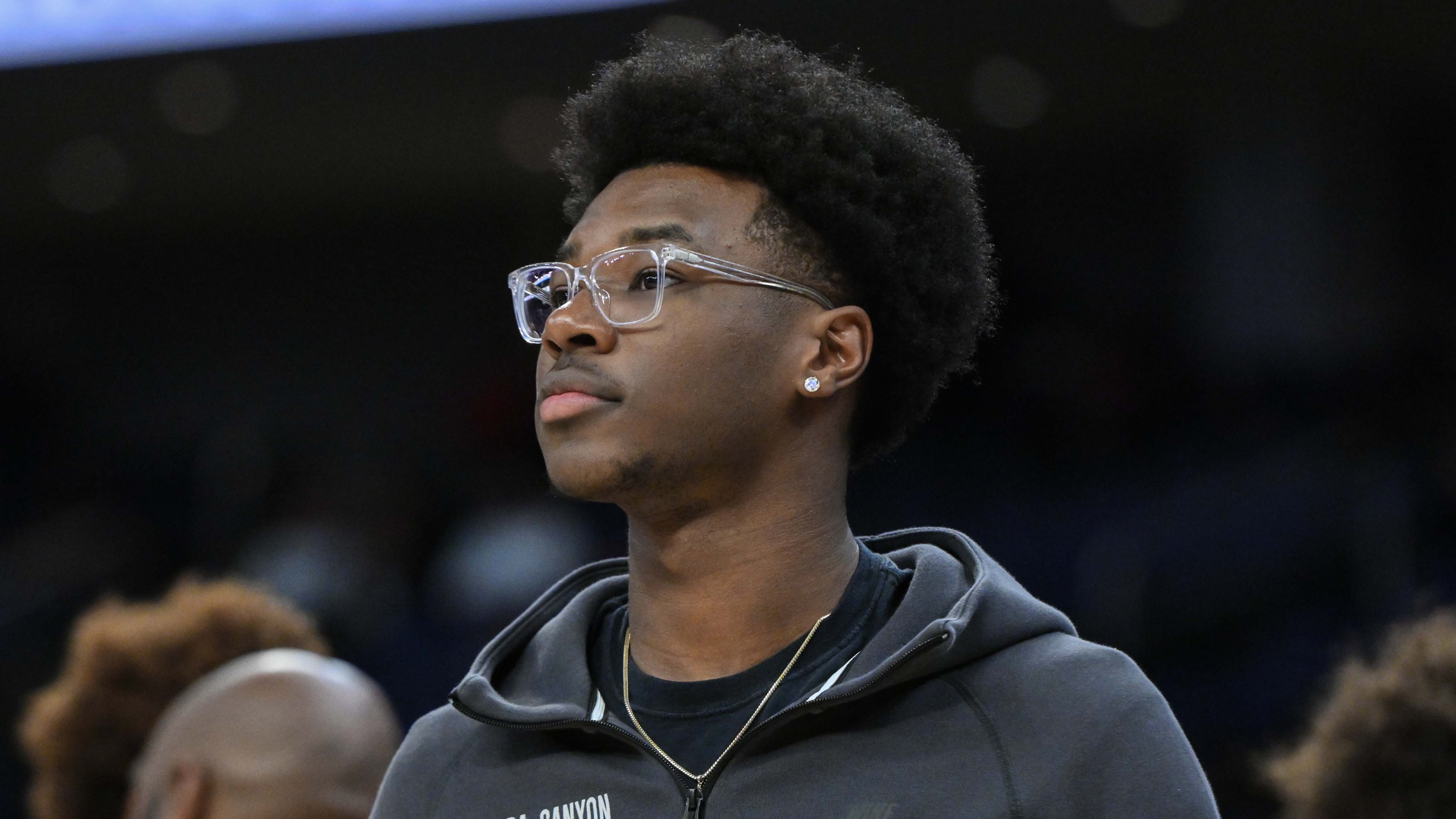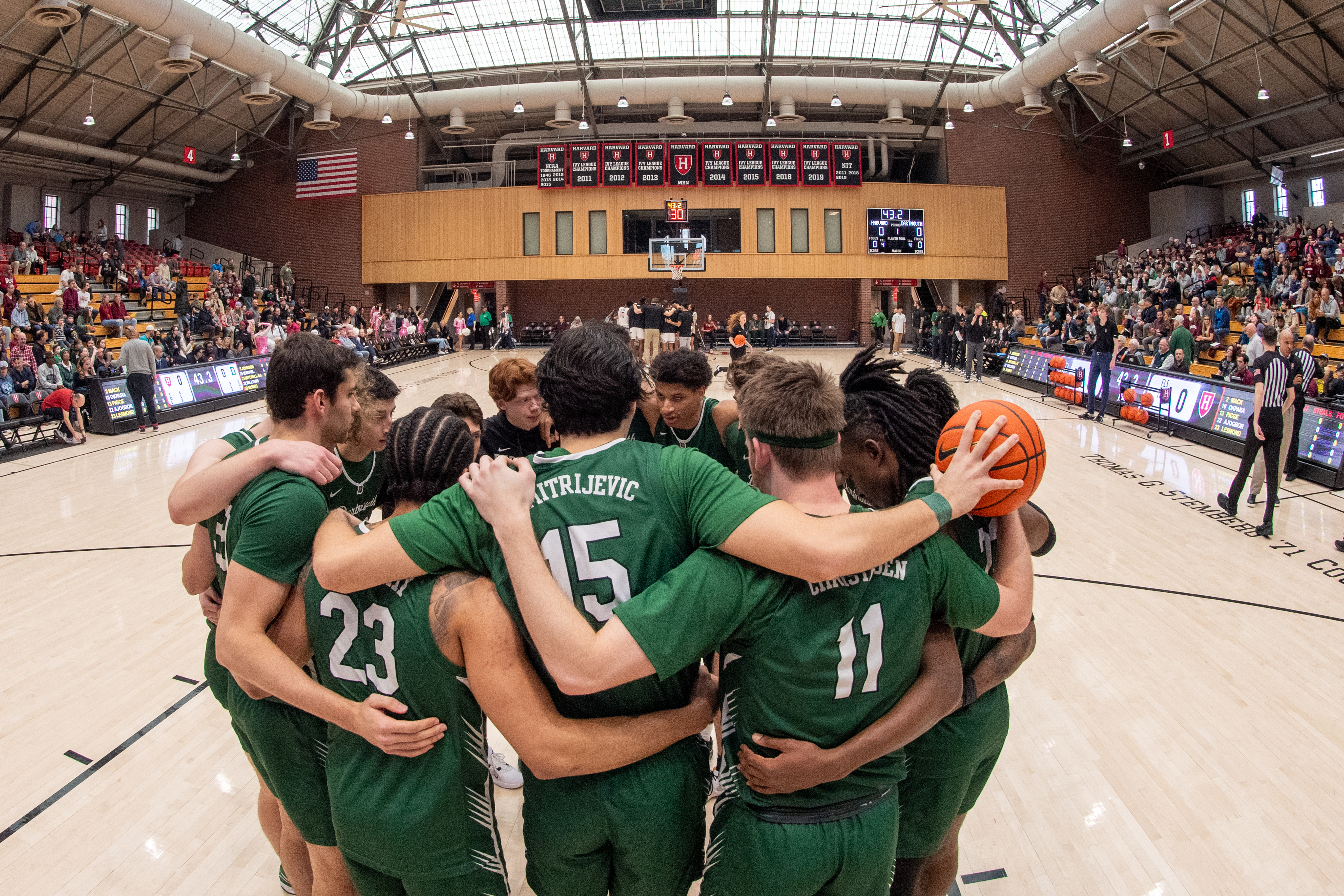Injuries are part of the game — but Duke men's basketball coach Jon Scheyer takes issue when those bumps and bruises come after time expires and during stampedes of celebrating fans.
“That can’t happen. ... It’s a dangerous situation,” Scheyer told reporters Monday, days after Blue Devils center Kyle Filipowski was knocked down and hurt his knee when he collided with Wake Forest fans who stormed their home court after the Demon Deacons’ 83-79 upset victory Saturday.
“The ACC needs to do something,” he said. “There has to be something done to protect not just our guys, but any team that’s in that situation.”
Filipowski's run-in with Wake Forest fans happened one month after Iowa superstar Caitlin Clark was leveled during a postgame celebration at Ohio State, raising concerns then about court storming.
Get top local stories in Philly delivered to you every morning. >Sign up for NBC Philadelphia's News Headlines newsletter.
Neither Clark nor Filipowski have missed a game this season, though Filipowski's status might not be known until tipoff of Duke's next game, Wednesday at home against Louisville.
“We shouldn’t wait until next year. Something should be done right now," Scheyer said.
Banning the time-honored tradition of students rushing the floor after a big win would buck decades of the sport's cultural practice — but it could be done with nothing more than a few uniformed police officers and threats of consequences, legal and law enforcement experts said.
NCAAB
What is court storming, and who does it?
Court storming is generally limited to January, February and early March, when a home team defeats a favored visitor.
It doesn't happen when college basketball reaches its biggest audience, the popular postseason March Madness tournament.
"We do not have a policy on storming the court," NCAA spokesperson David Worlock said in a statement.
"Policies are implemented and enforced at the conference and institution level. It isn’t allowed during NCAA tournament games, and we work with host venues to develop a security plan to try and prevent it," he added.
A representative for the Atlantic Coast Conference, which includes Duke, Wake Forest and other traditional basketball powerhouses, like North Carolina and Virginia, said Tuesday that the league won't comment beyond a statement that commissioner Jim Phillips issued Saturday.
“The safety of our student-athletes is always our top priority. We have been and will continue to be, in contact with both Duke and Wake Forest regarding what happened following today’s game," he said then. "Across college athletics, we have seen far too many of these incidents that put individuals at serious risk, and it will require the cooperation of all — including spectators — to ensure everyone’s well-being. As a conference, we will continually assess with our schools the best way to protect our student-athletes, coaches, and fans.”
It's been feared that if a superstar player were ever badly hurt during a court storming, it could trigger a massive lawsuit against a host school.
But if there aren't written policies banning court storming, that absence in itself could insulate a school from stiff civil penalties if a player is injured in such a setting, University of North Carolina law professor Barbara Osborne said.
"A moral obligation [to protect players] is not necessarily a legal obligation," said Osborne, who teaches sports law.
She said schools and leagues could put themselves in more civil jeopardy by trying to enforce a ban on court storming.
"Reasonable people on a jury might disagree whether or not the school has a duty to keep people safe," she said. "We know from other situations, like a concert, when put up a barrier to prevent [fans] from coming on to the floor, more people get hurt, people getting crushed, they run over people who have fallen. 'Gosh, this is a close game; maybe we [on-the-floor security guards] should all lock arms and guard the perimeter [of the floor],' that would cause far more harm than allowing people to rush the court."
No storms in pro sports; not now at least

Fans’ storming the playing surface is unique to college basketball and almost never happens in professional sports — not now at least.
Just a generation ago, wild fan celebrations on the playing field were much more common.
When New York Yankees slugger Chris Chambliss won the American League pennant with a walk-off home run on Oct. 14, 1976, he had to barrel through a mob of Bronx faithful who had rushed onto the field as he circled the bases.
And when the Yankees won the World Series a year later, on Oct. 18, 1977, Reggie Jackson famously donned a batting helmet while playing in the outfield in the ninth inning of the title-clinching Game 6.
After the final out was recorded, Jackson ran over celebrating Yankees fans as he raced for safety in the dugout and clubhouse.
Terence “Terry” Monahan, who crafted stadium and arena security plans in his years as chief of department for the NYPD, insisted that crowds can easily be barred from courts and fields if leagues or teams make it a priority.

A threat of consequences and the sight of uniformed police officers would deter even thousands of undergrads from taking the floor, Monahan said.
"It'd be very easy," he said. "You make an announcement, 'Hey you're subject to an arrest, and if you're student, you could be suspended.' All of a sudden, there's a consequence going on to the floor. As of now, there is no consequence — no one is saying you can't do it."
Caitlin Clark leveled in postgame celebration
The Clark and Filipowski run-ins could be the start of a national discussion about court storming.
"Caitlin Clark got decked way worse than Filipowski did," said Osborne, the UNC law professor. "Because there have been two incidents in a relatively short time, I think things might happen sooner than expected."
The Southeastern Conference, better known for its football, is taking a stronger stance against fans’ running onto the basketball floor. The SEC fined LSU $100,000 after Tigers fans stormed the floor Wednesday after a win over Kentucky.
"Yes, it is part of college sports culture, but if the coaches and the athletes are saying, 'Wait a minute,' then you have to think about it. There's a lot of culture that's embedded that we are re-evaluating," said Nicolette Aduama, the senior associate director of the Center for the Study of Sport in Society at Northeastern University in Boston.
"Even if something is part of culture, if people are being injured or hurt in a celebratory situation, then we need to re-evaluate it."
This story first appeared on NBCNews.com. More from NBC News:



